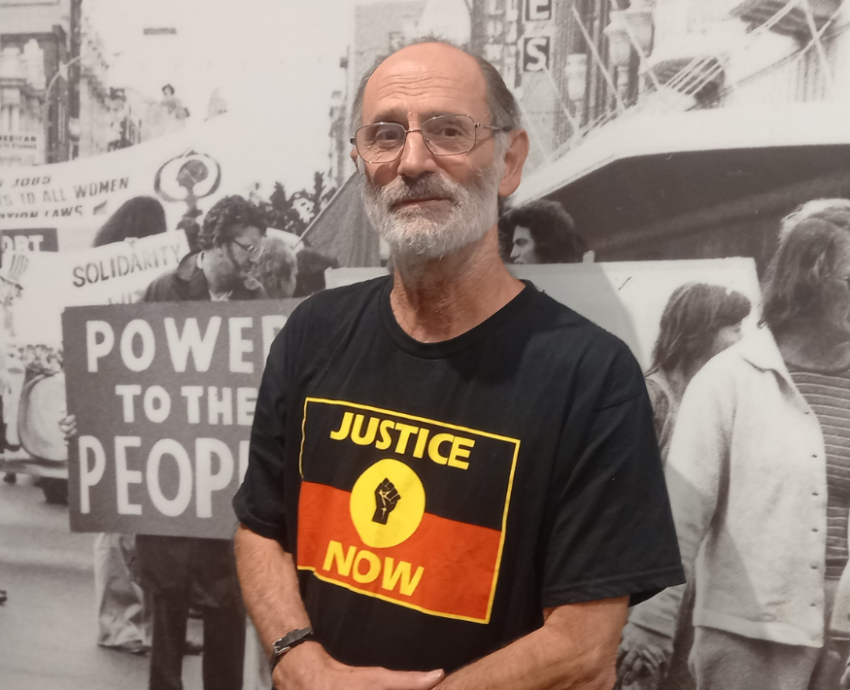
The late Jack Mundey, as secretary of the NSW Builders Labourers’ Federation (BLF), led his comrades to the barricades, in June 1971, in solidarity with a united group of women fighting to save remnant bushland on Sydney Harbour at Hunters Hill.
Two years later, in Newcastle, Green Bans were initiated by Newcastle Trades Hall Council and more than 25 community groups to save Blackbutt Reserve and Newcastle’s East End.
A new exhibition honouring these struggles, “Power to the People: 50+ Years of Union and Community Green Ban Action”, opened at the Newcastle Library’s Lovett Gallery on February 25.
The exhibition, which runs until April 14, draws on the archives and collections of Hunter Workers, the Newcastle Library, the University of Newcastle Archives, Sydney Trades Hall and private collectors.
Judy Mundey spoke at the opening, recounting past events and her thoughts about her late husband, Jack, who was secretary of the NSW BLF from 1968–75. The BLF’s Green Bans became a major tactic in union environmental and social activism.
Mundey recounted how, 51 years ago, 13 women approached the BLF for help to save Kelly’s Bush in Sydney from developers. That led to the first Green Ban, and the rest is history.
In Newcastle, another group of women approached the union for assistance in saving homes from developers — and that too, made history. Without their work, much of Newcastle’s historic East End would have been demolished.
Mundey delved into the early days of the BLF, when its leadership was comprised of officials intent on their own interests. After Jack was elected, the union changed dramatically. She argued that the strong support it gave to social and environmental causes sprang from a democratic leadership, where union officials had their pay tied to workers’ pay. When workers suffered pay losses due to industrial actions, so did the union’s officials.
The BLF Green Bans were influential in Newcastle. Mundey said local unionists such as Tony O’Bierne and Peter Barrack (former Newcastle Trades Hall Secretary) supported local residents to put in place about 20 Green Bans. As a result, Foreshore Park, Blackbutt Reserve and the historic East End were all saved from developers.
Mundey said the Sydney Morning Herald relentlessly attacked the BLF, publishing five editorials attacking the union over 12 days in 1972. The day after the memorial service for Jack Mundey was held in March last year, she said the paper issued a mea culpa, stating that the Green Bans “prevented the destruction of priceless heritage architecture by property developers”.
Mundey finished her talk declaring that the liberating potential of the progressive working class and the progressive middle class, are a “beacon for the future” and referred to how the Green Bans have inspired a new generation of activists.